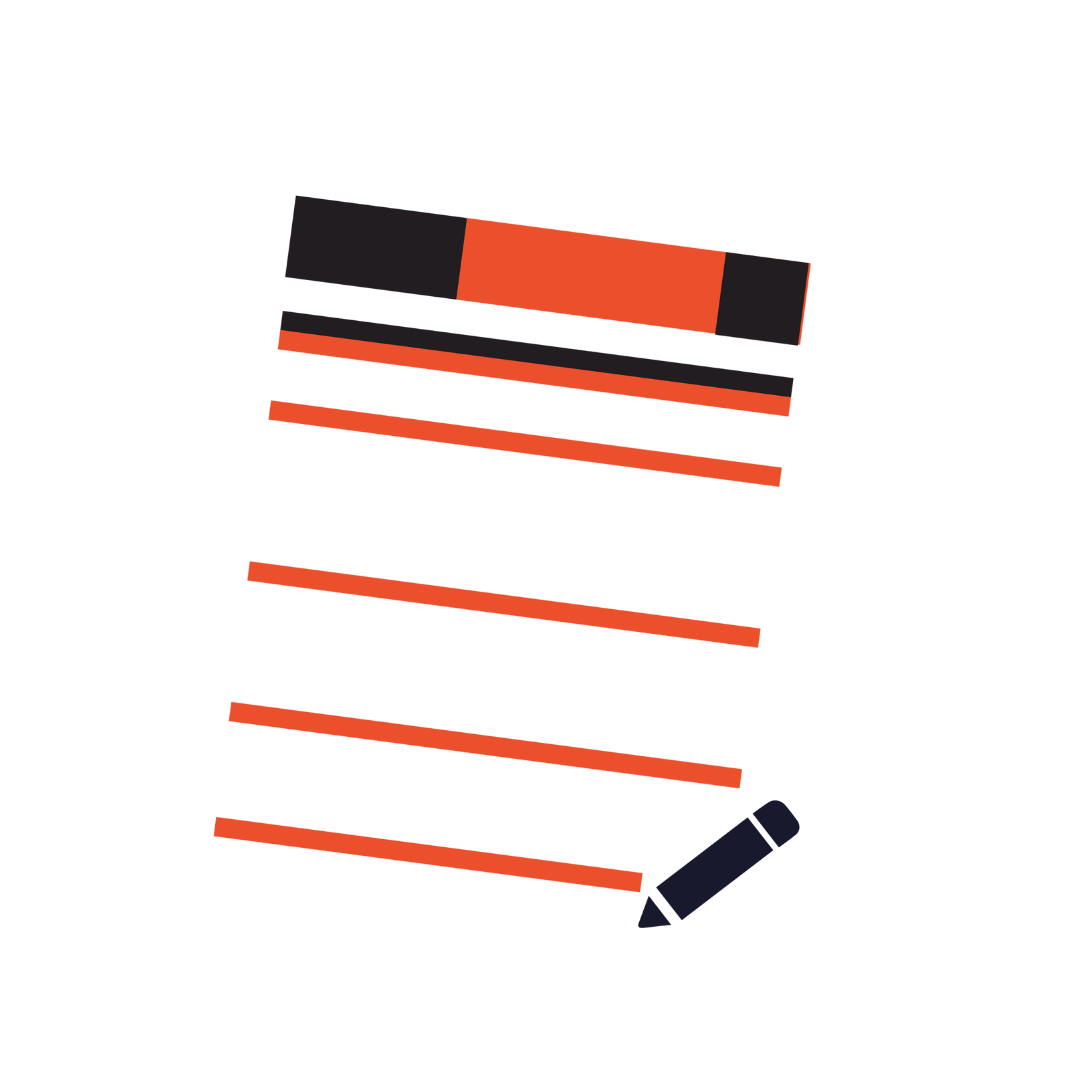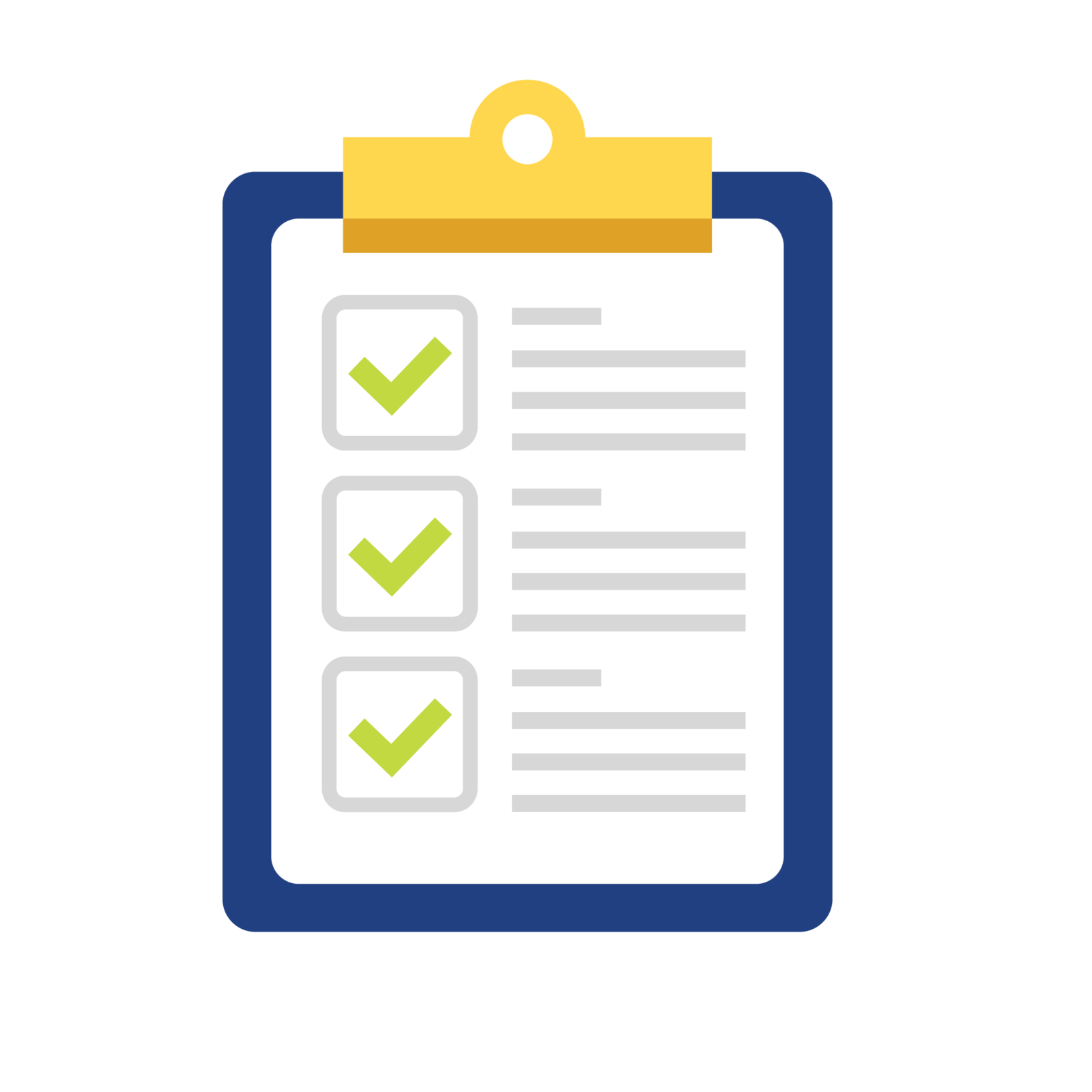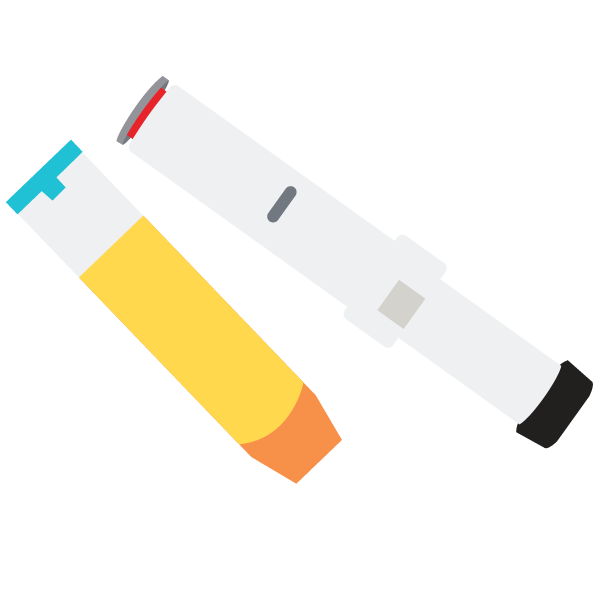This information is intended as a guide for travel when you are at risk of anaphylaxis. Talk with your doctor for individual medical advice.
Key messages:
- Carry your adrenaline devices and ASCIA Action Plan for Anaphylaxis in your hand luggage and keep them where you can reach them easily (in seat pocket or under the seat in front of you).
- Taking your own food is the safest option to reduce the risk of an allergic reaction while on the plane.
- Do your research on the airline and places you are flying to.
- Many people with food allergy travel in airplanes and do not have allergic reactions.
Before you travel
Choose which airline is best for you
Use our airline policy comparison for food allergies to help you decide which airline is best for you.
Contact the airlines to ask about their policy for carrying medication and food. It is best to contact the airlines directly, not through a travel agent.

Documentation
Most airlines recommend you carry documentation to support the need for your medication and/or food. Ask your doctor to complete an ASCIA Travel Plan for people at risk of anaphylaxis. The travel plan is used with your ASCIA Action Plan for Anaphylaxis. Like the ASCIA Action Plan for Anaphylaxis, the Travel plan is a medical document and is signed by your doctor or nurse practitioner. It states that you need to carry an adrenaline (epinephrine) device (such as Anapen®, EpiPen®), and your own food.
You could also consider taking a letter from your doctor/allergy specialist that lists your medical history and all prescribed medications. This can be useful if you need medical care whilst you are on holiday.

Medication
Check the expiry dates of all your medications and make sure it is after your return date. If it expires before you return, it is best to get new prescriptions and medications which will last the time of your travel.
People at risk of anaphylaxis flying interstate, overseas or even to remote areas within the same state should take at least two adrenaline devices (such as EpiPen®, Anapen®). They should have an ASCIA Action Plan for Anaphylaxis with their adrenaline devices and when travelling, also have an ASCIA Travel Plan. Adrenaline devices should be packed in carry-on luggage.
Taking more than 2 adrenaline devices means that if you need to use one, you still have at least 2 more to carry on your holiday. Buying more adrenaline devices in some countries can be difficult.
If possible, keep medications in their original package with a pharmacy label. This will make it easier when going through security and customs.
Usually, adrenaline devices are not kept in their original box as the boxes are bulky and fall apart when carried with a person everywhere they go. A&AA have not had any complaints from passengers about boarding planes with their adrenaline devices if they are not in their original box.

Research meals provided by the airline
Most airlines do not have food restriction policies.
Do not expect allergen free flights. The reality is that some food allergens can be reduced but a guarantee that any given space is free of an allergen is not possible. Remember, passengers bring their own foods on the flight too.
Check out our Air travel frequently asked questions for more information.
To reduce the risk of an allergic reaction, before you book or the flight date:
- Tell the airline you have a food allergy.
- Ask about food and snacks served. Some airlines may not serve peanuts or tree nuts on flights if you ask in advance.
- Think about the time of day you are travelling and if there will be a full meal served. If egg and milk allergic, travel after breakfast may be a little safer.

Take your own food on the plane
We strongly recommend passengers with food allergy take their own food from home to eat on the plane. This is the safest way to reduce the risk of an allergic reaction while travelling by plane.
Pack plenty of food options and remember rules about liquids if flying overseas. See our page about Food for a long flight with allergies.
There may be delays and food options might be limited due to the time of arrival or availability. Take extra food that will be suitable for the person with food allergy to eat.
When packing extra food in your checked luggage to have at your destination, don’t pack it all in one bag. It is best to pack some in each bag you are taking. For example, if you are travelling with 2 other people, pack the food in the 3 bags that are being checked in. This way, if one bag gets lost, there will still be food in the other bags.

Travel insurance
Some travel insurance policies do not automatically include those at risk of anaphylaxis. Make sure you ask questions about this and take out a policy that protects you in case of an anaphylaxis.
See our Checklist for Travel Insurance.
On the day
Consider the following to reduce risk:

Arrive early
- Allow yourself plenty of time to manage any extra checks you need to do because of your allergy.
- Let the airline staff you have an allergy.
Take your own food.

Wipe down surfaces
- Ask to board the plane before everyone else so you can wipe down the tray table and pick up any food crumbs and packaging left behind.
- Wet wipes and soap-based cleansers are better than water alone.
- Casual contact with food crumbs and smears (such as sitting on crumbs that contain egg) is highly unlikely to cause a severe allergic reaction.
Wash your hands
- Wash your hands before eating. If you cannot go to the bathrooms to do this, use disposable wipes.
- Remember, hand sanitiser does not remove food allergens from hands or surfaces.

Wear long sleeves and long pants
- This can help to avoid skin contact with allergens and reduce risk of mild skin reactions.
- If you have a toddler, in addition to wiping the seat and table, using a cot sheet or similar as a seat cover can help avoid contact with any allergens.
Speak to the senior cabin crew member
- Let them know about the food allergy.

Seating
If you have a child with food allergy, try to seat them away from other passengers or areas where food and drink will be passed over the top of them. It may be safer for them in a window seat or sitting between you and a sibling or partner that does not have food allergy. If your child with food allergy sits next to another passenger, let the passenger know that your child has food allergy, and ask them not to offer them any food or drink.

Keep ASCIA Action Plan and adrenaline devices with you
Make sure your emergency medication and ASCIA Action Plan for Anaphylaxis can be reached easily when you are seated with your seatbelt on, such as in a bag under the seat in front of you or in your seat pocket.
Adrenaline devices must not travel in the luggage that you check-in for several reasons, including temperature control, risk of damage and need to have the medication close by in case of an unplanned emergency.
Things that may make you feel more comfortable

Wear a mask
There is no evidence to show that there is a risk of people having anaphylaxis from breathing in food allergens on planes. If you are worried about other people eating your allergen, wearing a mask may make you more comfortable and may make strong smells less obvious.
Don’t eat while others are eating
This is up to you, but some people with food allergy feel more comfortable not eating at the same time as other people who may be eating food that they are allergic to.
Allergic reactions do happen when people are travelling. The most serious reactions are those where the food allergen is eaten. The risk of serious allergic reactions from breathing in or touching of an allergen is extremely low.
Almost always, the food allergen must be eaten (even a very small amount) for the person to have anaphylaxis.
See our Flying with Food Allergy FAQs.
For further reading, this article from The Conversation shares 9 tips for travelling with food allergies.
Travelling with allergies
Travelling with food allergy involves planning ahead, and Allergy & Anaphylaxis Australia has useful guides and resources to help you on your way.
